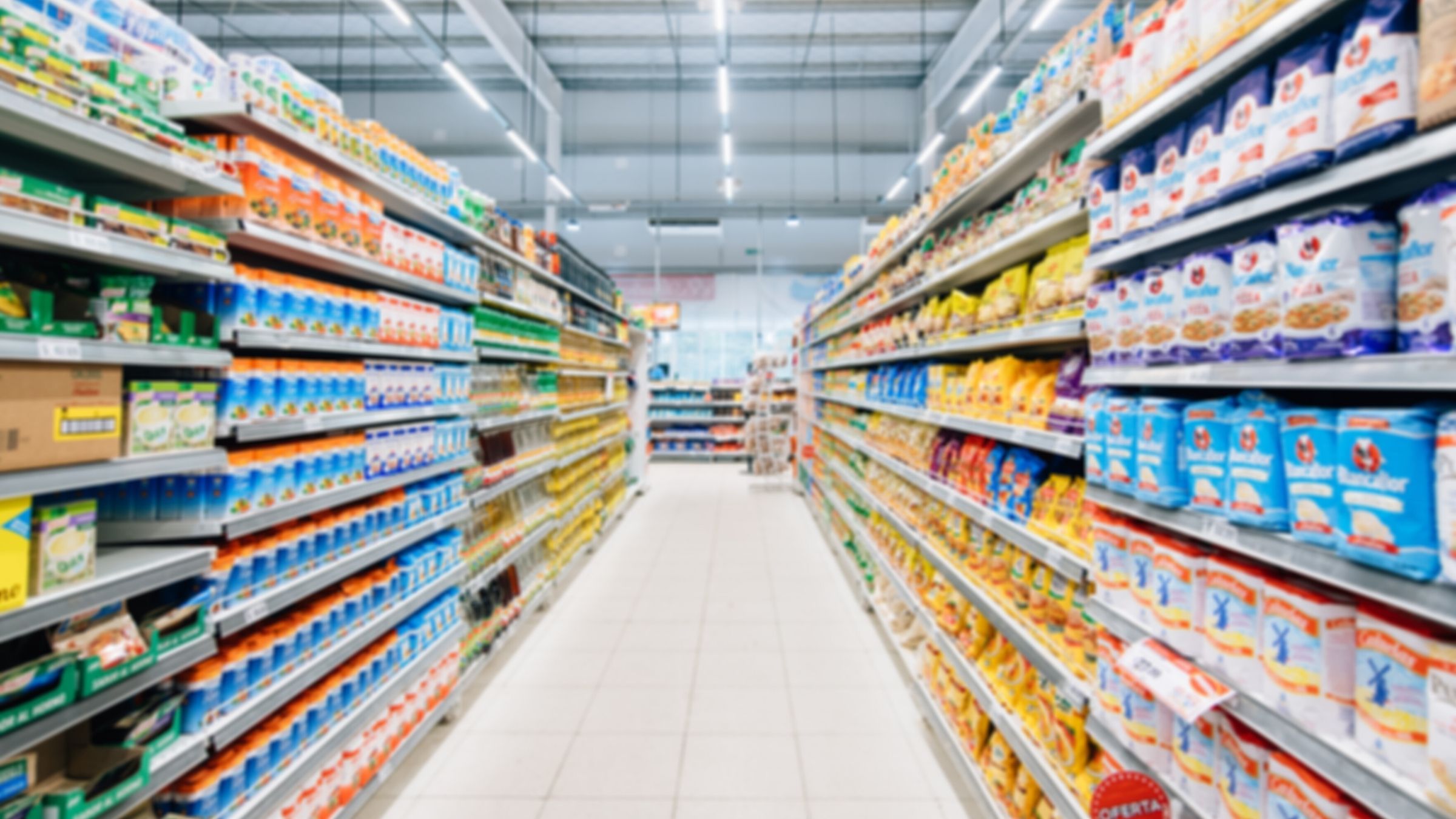
Euromonitor reports that Jamaica's economic growth contracted sharply because of the COVID-19 pandemic and flooding caused by tropical storms in 2020. Real gross domestic product (GDP) growth has resumed slowly and gradually in 2021. The fall in activity in 2020 was mainly due to the decline in tourism, which is expected to recover slowly in 2021, despite the gradual lifting of restrictions since June 2020, as the virus is still present and challenges persist. The agricultural sector was also impacted in 2020, primarily by the decline in demand from the hotel and restaurant sector. Farmers found themselves with stocks of unsold fresh produce, leading to significant financial difficulties. The government responded by allocating US$6.8 million to help farmers cope with the crisis.
Focus Economics reports that economic growth should remain relatively solid in 2022 thanks to export growth amid a recovering tourism industry. However, the external and fiscal imbalances, and higher interest rates and commodity prices, are set to limit momentum. Concerns over debt levels, new Covid-19 variants given low vaccination rates, and natural disasters are among the downside risks. The panel sees the economy expanding 3.5% in 2022 and growing 2.8% in 2023.
Euromonitor reports that foreign direct investment (FDI) intensity fell to 2.5% of GDP in 2020, with the onset of the global economic contraction caused by the COVID-19 pandemic. After falling in 2020, private investment in tourism, which was substantial before the crisis, should support a recovery in 2021. During 2020, the government continued to promote a major agribusiness project involving foreign investors and also sought to convince investors in business process outsourcing (BPO) to keep their operations in the country.
Although some projects have been delayed, the government's massive support for this sector underpins the confidence of investors, who invested more in 2021. The sectors attracting the most FDI are the bauxite industry, telecommunications, tourism and construction. The U.S., the United Kingdom (U.K.) and Canada are the main investing countries. In the longer term, the country aims to become a logistical hub between North and South America, which requires the development of transport infrastructure (maritime, aviation, road and rail) and logistics.
The total population has been slowly rising over time, reaching 2.8 million in 2022 (CIA World Factbook Est.). This was an increase of roughly 200,000 thousand over 2000. The median age in 2022 was 29.4 years. The number of those over 65 years of age amounted to 257,000 thousand in 2022, equivalent to 9.7% of the total population. An aging population will be a long-term issue.
The population aged 65+ will be the fastest-growing age group over 2021-2040, increasing by 69.9% to number nearly 469,000, compared with total population growth of just 2.4%, a rise in the working-age population (15-64) of just 0.1%, and a fall in children (aged 0-14) of 17.8% over the same period. The old-age dependency ratio will, therefore, rise from 13.7% in 2021 to 23.3% in 2040. Consequently, as the working-age population is not expected to be replenished, along with growing numbers in the elderly cohort, state finances are anticipated to experience considerable pressure in the form of greater pension’s provision and higher healthcare costs. The ageing population will also reduce the country’s competitiveness on the world stage.
USDA’S Office of Agricultural Affairs (OAA) in Kingston reports that in 2021, Jamaica imported agricultural food and products from the United States valued at US$486.9 million, growth of 23% from the previous year. Jamaica is the 2nd largest U.S. agricultural export market in the Caribbean after the Dominican Republic.
Consumer-oriented products accounted for the greatest portion of these imports reaching US$206.6 million in 2021, a 19% increase compared to the previous year and 42% of the agricultural total. Jamaica also imports a considerable amount of U.S. processed foods as well. U.S. exports of processed foods to Jamaica totaled US$178.4 million in 2021, growth of 21% and 37% of the agricultural total.
Top U.S. processed food exports to Jamaica in 2021 included:
Jamaican importers have over the years conducted business with the United States because of the geographical proximity of the two countries, long standing reputation for high quality products and superior quality of service. Many local importers have indicated that they are able to source a wide variety of products from non-U.S. suppliers but only few suppliers can match the product quality and reliability offered by U.S suppliers.
Post adds that like all vital U.S. agricultural export markets, Jamaica comes with its own unique opportunities and challenges.

“All of Food Export’s programs were a tremendous help getting us export ready, understanding the challenges that come with international business, and learning how to navigate them.”
Katz Gluten Free
Food Export-Northeast Participant since 2018
According to Euromonitor, retail sales in the packaged food market in Jamaica will reach US$594.4 million in 2022. That represents a growth rate of 4.4% or US$25.3 million since 2018. By the year 2026 the retail sales in the packaged food market in Jamaica is expected to reach US$770.7 million, a growth rate of 29.7% and US$176.4 million.
High growth products in the forecast include:
FAS Kingston reports that the Jamaican retail sector continues to modernize and expand, fostering increasing sales of a wide range of U.S. food and beverage products. Pre-Covid in 2019, Jamaican total food imports were valued at US$1 billion, with approximately 52% of these imports supplied from the United States. Of the total food imports, 60% are supplied to the hotel, restaurant, and institutional (HRI) sector. The remaining imports are channeled to consumers through retail outlets such as supermarkets, convenience stores, and small “mom-and-pop” shops.
Jamaica imported a total of US$209 million in consumer-oriented products from all sources. Of that total, approximately 40% is channeled to household consumers via these same retail outlets. Most of the products stocked on the shelves of Jamaican retail stores are imported. Smaller retailers, such as neighborhood ‘mom and pop’ stores and convenience stores, account for 20% of retail sales and will buy most if not all their products from local wholesalers and distributors. These retailers have a slower turnaround on product sales and have limited space for storage. In contrast, supermarkets and supermarket chains account for an estimated 80% of retail food sales and often have both local and U.S. and/or other offshore-based purchasing offices. They work closely with U.S. suppliers to find the best prices for products of interest. PriceSmart (a U.S. company) is the only international chain in the Jamaican market; however, there are four major local chains which dominate the market, Progressive Grocers of Jamaica, Hi-Lo (Grace Kennedy), MegaMart (superstore), and Super Plus.
Best Prospects:
FAS Kingston reports that U.S. consumer food products with the highest potential in the Jamaican food market include eggs and egg products, dairy, beef and beef products, condiments and sauces, fruits and vegetable juices, snack foods, processed vegetables, fresh fruit, tree nuts, wine and beer.
Jamaica has an estimated 2,494 tourist accommodation
establishments, including 198 hotels. The Ministry of Tourism (MOT) reported that in 2019, there were approximately 33,000 rooms available for tourists. As a large percentage is from the United States, they demand the same high-quality food products that
they have at home and therefore provide an opportunity for U.S. products. At least 60% of the imported food is channeled to the hotel, restaurant and institutional (HRI) sector.
In the case of sourcing from local producers, the agreements between producers and processors usually entail the provision of financial and technical assistance to the producers by the processors. Approximately 30% of the raw materials and food ingredients used by local food processors are obtained from local suppliers and 70% from imports.
Food processors distribute their products primarily through retailers and wholesalers, who in turn supply small supermarkets and mom and pop stores known as “corner shops.” However, the larger food processors directly supply the HRI sector and supermarket chains. There are also processors that supply supermarkets, corner shops, restaurants and small hotels directly.
Best Product Prospects:
FAS Kingston reports that Jamaica imported $139.7 million in U.S. intermediate products for further processing in 2021, growth of 17% from the prior year. Top U.S. exports of food ingredients to Jamaica in 2021 included wheat, corn, soybean meal and soybean oil, other vegetable oils, sugar/sweeteners and beverage bases, essential oils and dextrins, peptones, & proteins.
Your Connection To Growth®
©2024 Food Export Association of the Midwest USA and Food Export USA–Northeast. All Rights Reserved.
Food Export–Midwest and Food Export–Northeast prohibits discrimination in all its programs and activities on the basis of race, color, national origin, religion, sex, gender identity (including gender expression), sexual orientation, disability, age, marital status, familial/parental status, income derived from a public assistance program, political beliefs, reprisal or retaliation for prior civil rights activity. (Not all bases apply to all programs.) Persons with disabilities who require reasonable accommodations or alternative means of communication for program information (e.g., Braille, large print, audiotape, American Sign Language, etc.) should contact us. Additionally, program information may be made available in languages other than English.
To file a program discrimination complaint, complete the USDA Program Discrimination Complaint Form, AD-3027, found online https://www.ascr.usda.gov/filing-program-discrimination-complaint-usda-customer.
Food Export–Midwest and Food Export–Northeast reserve the right to deny services to any firm or individual which, in the sole opinion of Food Export–Midwest and Food Export–Northeast, does not comply with FAS, MAP or Food Export–Midwest and Food Export–Northeast regulations or policies, or otherwise offer the best opportunity to achieve its mission of increasing food and agricultural exports. Submission of any false or misleading information may be grounds for rejection or subsequent revocation of any application or participation. Food Export–Midwest and Food Export–Northeast are equal opportunity employers and providers.
